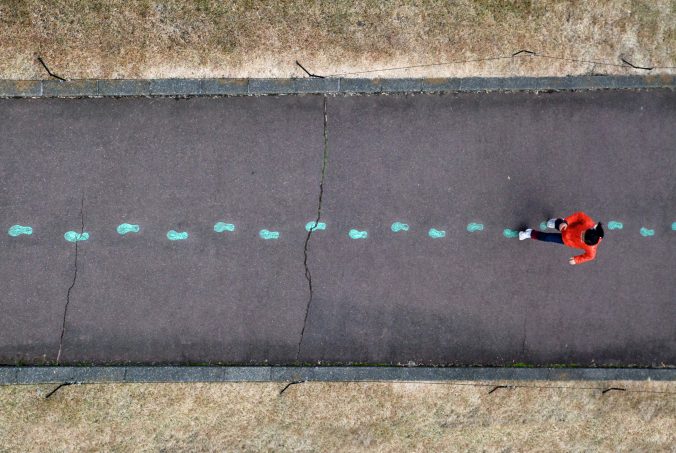In my opinion, the most effective approach to fostering mastery of specific tasks lies in strategically blending behaviorist, cognitivist, and constructivist methods based on the learner’s expertise and the task’s demands. In my job as a behaviour interventionist (helping shape behaviour appropriately) I use all three methods to give my client the best chance of success at learning. Through a behavioural lense, it can be hard for him to stay on task so making sure that he is given the proper rewards and prompting in the form of a token economy reward system and verbal praise helps keep my client motivated to continue learning. Cognitively we make sure all the learning programs are organized and comprehensible for the learner so that there is no barrier to learning. Lastly, through the constructivist lens, our programs scale up to be harder and more complex as mastery is achieved by the individual. Before he can progress to the next goal of learning (which they are all connected and leverages prior knowledge from previous goals), he needs to achieve 90% accuracy to move on. This ensures that the individual is capable of moving on to the next level of learning and has achieved mastery of the current material. For this reason I believe the constructivist learning approach is the most important as if one is stuck learning the wrong thing it will be impossible for that individual to move on to the next complex learning goal with incorrect knowledge or experience of the previous topic; assuming they build upon each other. This phased approach that we use in our work helps ensure the learner builds foundational fluency, deepens understanding, and can apply skills adaptively, creating a seamless path from “knowing” to “doing” while addressing the unique needs of both my client and the personalized goals and tasks he is given.
References
Ertmer, P. A., & Newby, T. J. (2013). Behaviorism, cognitivism, constructivism: Comparing critical features from an instructional design perspective. Performance Improvement Quarterly, 26(2), 43-71.

Recent Comments